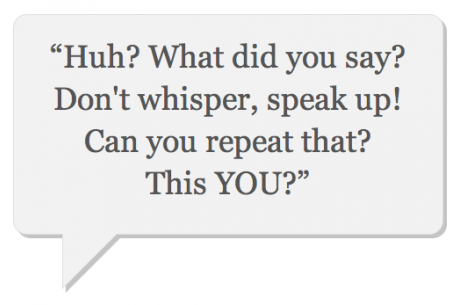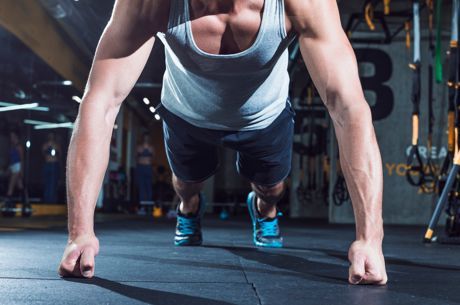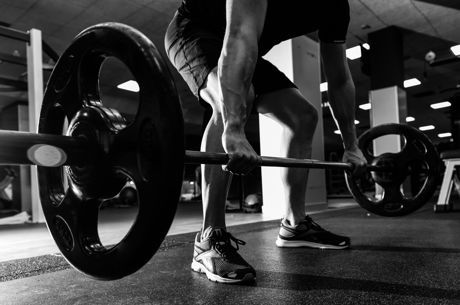Stay Stacked: Dealing with Jet Lag


The life of a poker player can demand quite a lot of travel. To most, that is the biggest perk of the job. However, with that perk can come an unhealthy lifestyle. A lifestyle that is ridden with sleeplessness, lack of energy, and perhaps, limited focus. These are all symptoms of either, a) any given Sunday, or b) jet lag.
Jet Lag: A temporary disruption of body rhythms caused by high-speed travel across several time zones, typically in a jet aircraft.
Throughout my years of practice, I like to believe I have managed to keep my jet lag under control. After seeing an article about a study by Harvard Medical School looking at resetting the sleep-wake cycle that Barry Carter tweeted this week; however, I wanted to look deeper into the topic.
Jet lag can last days and can have a serious impact on your game. We all know the importance of sleep, so when your biological rhythm is out of whack, it’s vital to know how to snap back to normalcy as soon as possible. The effect that jet lag has on a person varies greatly for each individual, making it difficult to provide a single remedy to overcome the problem. What works for me, might not necessarily work for you. So here is a combination of my personally suggested ways to manage the onset of jet lag, as well as some other interesting strategies I have found.
Sleep Cycle
I don’t care what time of day it is, when I’m on a long-haul flight, while wedged between complete strangers in economy class, sleep is vital. I request a window seat, put on my pressure socks (see: preventions for DVT), take a sleeping pill and off I go into dream world. No matter how much I sleep in the air, I still always seem to be ready for bed upon arrival.
The way I have found to adjust to a new time zone is to stay awake once I arrive at my new destination. Whether it is morning or evening when you arrive, try to not sleep until your usual bedtime in the new location’s timezone. If you arrive in the morning, let the adrenaline from the excitement of exploring a new location keep you going. If you arrive at night, then I'm sure you would have no problems with sleeping! It is for this reason that I suggest to opt for flights that arrive in the evening whenever possible, then you don't have to deal with trying to stay awake.
Light
British Airways, in conjunction with the U.K.’s leading sleep expert, Dr. Chris Idzikowski, has developed a handy jet lag adviser tool on its website. By answering a few simple questions regarding a flight, the tool will advise you on the best course of action. Those actions are based around the theory of the circadian rhythm, whereby seeking and avoiding light during particular times will assist your body with making a smooth transition to a new time zone. Take the application for a test drive if you want.
Fasting
This is a tough one, in my opinion, because it involves voluntarily parting ways with one of my favorite pastimes — eating. However, on top of keeping jet lag on a leash, it could make a brilliant preparation technique for the likes of Australians preparing to wake up at 4 a.m. to play the Sunday Majors, for example.
According the Harvard Medical School study, not eating for 12 to 16 hours can help people reset their sleep-wake cycle, and improve their ability to cope with jet lag or a long overnight grind. In a similar way to the concept of exposure to light, this works like a second “food-clock.” If you stop eating 12 to 16 hours before you want to be awake, then once you break that fast, your internal clock will reset as though it is the start of a new day.
For example, if you want to start waking up at 2 a.m., start fasting between 10 a.m. or 2 p.m. the previous day and don't break your fast until you wake up at 2 am. Make sure you eat a nice healthy meal to jump-start your system. –Wisebread.com
Hydrate
Aircraft cabins are incredibly dry because of their pressurized air, so your body dehydrates quickly.
Dehydration at altitude causes toxins to build up quicker because oxygen is scarce and your body functions less efficiently. More toxins and acidity upset the homoeostatic balance, which is the preferred way your body works, and puts you in a stressful mode of operation. The knock on effect is your physiological systems function differently, including the hormones which control the body clock and jet lag. Source: Natural News
It is important to drink lots of water before, during, and after your flight. The only pitfall is that if you’re sitting in the window seat I recommended earlier, then you’re going to annoy a couple of people by constantly climbing over them to get to bathroom! So if you do keep to hydrating while flying, you may want an aisle seat.
I also recommend keeping a bottle of eye drops with you. Eye drops not only relieve any irritating dryness and provide an instant sensation of relief and wakefulness, but they also clear redness so you don’t look evil when you land.
Most of all, avoid alcohol! As much as enjoying a glass of red wine over dinner to help you fall asleep sounds ideal, it really isn’t in the long-run. Alcohol will simply add to the excessive dehydration.
Yoga
Jet lag isn’t the only issue your body has to deal with after a long flight, or a long session. How often do you walk off the plane with an aching back? Yoga is a brilliant way to assist with relieving both troubles, and all you need is a space the size of you in your hotel room. Easy.
Here is one of my favorite poses after flying, as recommended by The Travel Yogi:
Legs Up the Wall
Legs up the wall is the most restorative posture you can take after a plane flight, and you don't have to put any effort into the posture at all. Stagnant blood and fluid can pool n in your legs while you travel and make them swell, so elevating your feet helps to drain pooled fluid while recirculating oxygenated blood through your system. Extend your legs up the wall for at least 10 minutes as soon as you reach your hotel room. This is even recommended as a “layover pose” — if you have no shame in the airport terminal and aren't wearing a skirt or kilt.
Some more recommended moves can be seen in the following video, thanks to Tara Stiles.
Check out more of the Stay Stacked series for a variety or articles on fitness and health.








